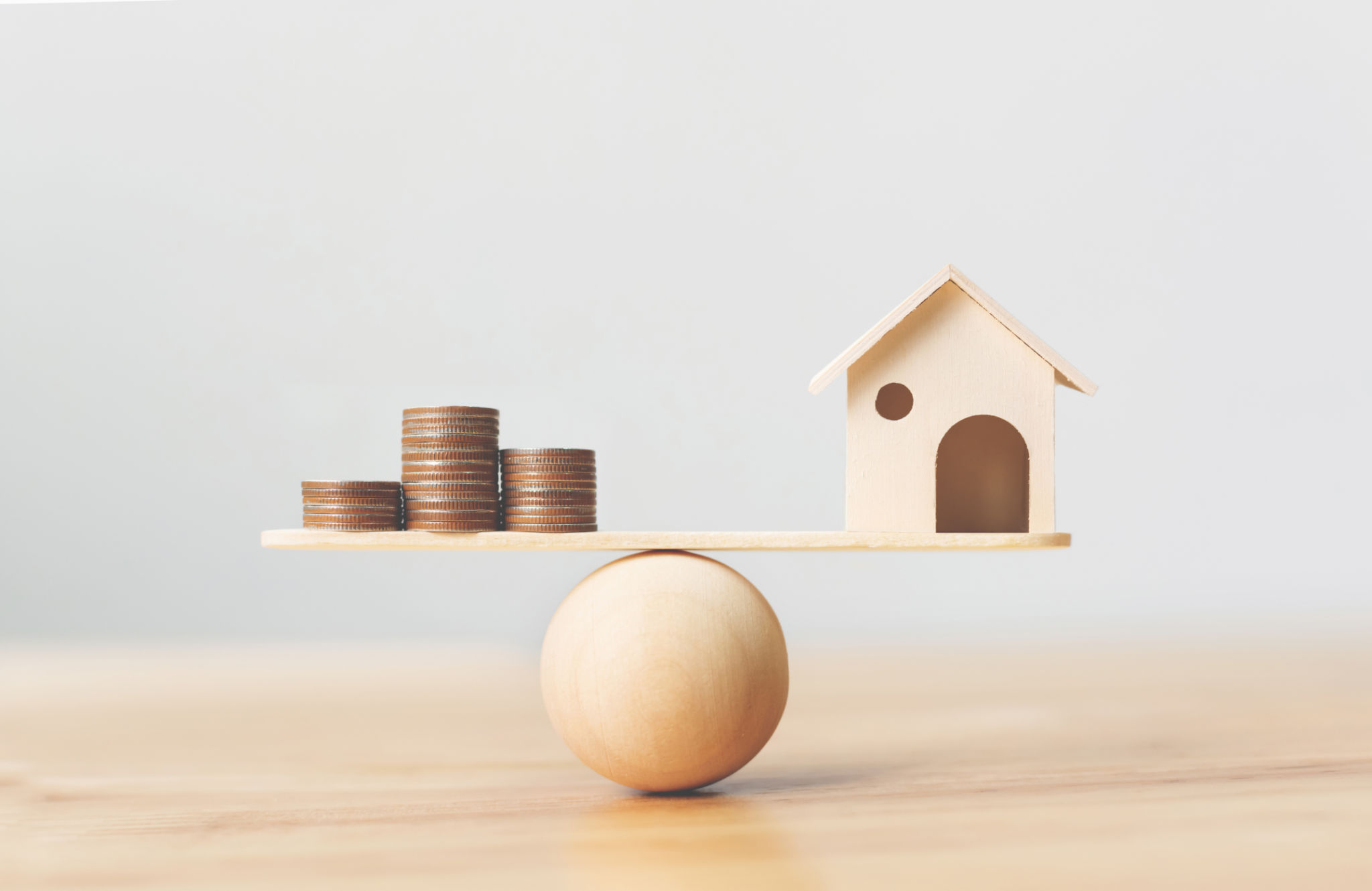Austin's Local Guide to Escaping Credit Card Debt
Understanding Credit Card Debt
Credit card debt can quickly become overwhelming, especially if not managed properly. Many Austinites find themselves struggling with high-interest rates and mounting balances. Understanding the nature of credit card debt is the first step towards regaining financial control. Generally, this type of debt accumulates due to high-interest rates and frequent use without timely payments.

The Importance of Budgeting
Creating a realistic budget is crucial for managing and reducing credit card debt. Start by listing all your monthly income sources and expenses. This will help you identify areas where you can cut back. Allocate a specific portion of your income towards paying off your credit card debt each month. Remember, consistency is key.
Strategies for Paying Off Debt
There are several strategies you can employ to tackle credit card debt effectively. One popular method is the debt snowball approach, where you focus on paying off the smallest debt first while making minimum payments on larger debts. Once the smallest debt is cleared, you move on to the next smallest, creating a momentum.

Another effective strategy: The Avalanche Method
The avalanche method involves prioritizing debts with the highest interest rates first. This approach minimizes the amount of interest you pay over time, potentially saving you more money in the long run. Both methods require dedication and discipline but can significantly reduce your debt.
Consolidation and Balance Transfers
For some, consolidating debts or transferring balances to a card with a lower interest rate can be beneficial. Debt consolidation combines multiple debts into a single loan with a lower interest rate, making it easier to manage payments. Balance transfers allow you to move your existing credit card debt to a new card with a lower introductory rate, often zero percent for a limited period.

Seeking Professional Help
If you're feeling overwhelmed, consider seeking help from a credit counseling service. These professionals can offer personalized advice and help you create a plan to tackle your debt. Many provide free consultations and can negotiate with creditors on your behalf to reduce interest rates or waive late fees.
Staying Debt-Free
Once you've managed to pay off your credit card debt, it's essential to maintain your newfound financial freedom. Continue using budgeting techniques, avoid unnecessary purchases, and pay off your credit card balance in full each month to prevent accumulating new debt.

Building an Emergency Fund
An emergency fund acts as a financial cushion, preventing you from falling back into debt in case of unexpected expenses. Aim to save at least three to six months’ worth of living expenses. This fund can cover emergencies like medical bills or car repairs without relying on credit cards.
Conclusion
Escaping credit card debt is a journey that requires patience and persistence. By understanding your debt, adopting effective repayment strategies, and seeking professional guidance when needed, you can achieve financial stability. Remember, financial freedom is not just about paying off debts; it’s about making informed decisions and building a secure future.
